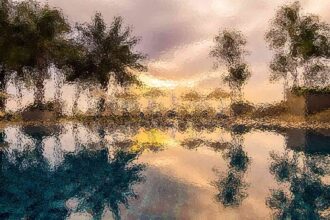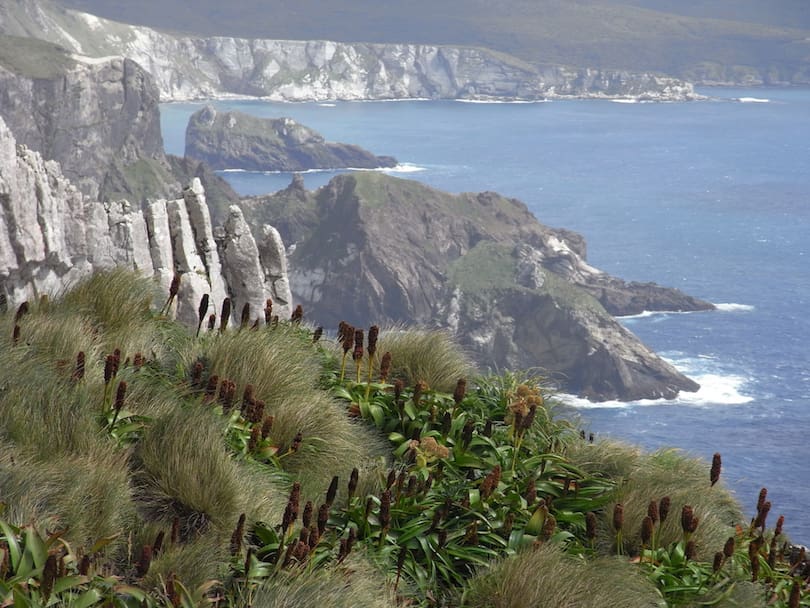Pithoragarh is a beautiful hill station located in the Indian state of Uttarakhand. It is known for its natural beauty, picturesque landscapes, and pleasant climate throughout the year. The town is situated at an altitude of 1645 meters above sea level and is surrounded by the Himalayan range, which makes it a perfect destination for nature lovers and adventure enthusiasts. In this article, we will take you on a virtual tour of Pithoragarh and provide you with all the necessary information you need to plan your visit.
Overview
Pithoragarh is a town in the northern part of Uttarakhand, surrounded by the Kumaon Himalayas. The town is situated at the eastern end of the Kumaon region, near the borders of Nepal and Tibet. Pithoragarh is known for its rich culture, historical significance, and natural beauty. The town is surrounded by beautiful mountains, forests, and rivers, making it an ideal destination for trekking and hiking.
How to Reach
By Air
The nearest airport to Pithoragarh is Pantnagar Airport, which is around 210 km away. From there, you can take a taxi or a bus to reach Pithoragarh.
By Train
The nearest railway station to Pithoragarh is Tanakpur, which is around 150 km away. From there, you can take a taxi or a bus to reach Pithoragarh.
By Road
Pithoragarh is well connected by road to major cities in Uttarakhand and other neighboring states. You can take a bus or a taxi to reach Pithoragarh from Delhi, Lucknow, Dehradun, and other cities.
Best Time to Visit
The best time to visit Pithoragarh is from March to June and from September to November. During these months, the weather is pleasant, and the temperature ranges from 10°C to 25°C, which is perfect for sightseeing and outdoor activities. However, if you are looking for snowfall, you can visit Pithoragarh during the winter months (December to February).
Places to Visit
Pithoragarh Fort
Pithoragarh Fort is a historical monument located in the heart of the town. It was built in the 14th century by the Chand rulers and was later renovated by the Gorkhas. The fort offers a panoramic view of the town and the surrounding mountains.
Kapileshwar Mahadev Temple
Kapileshwar Mahadev Temple is a famous temple located in Pithoragarh. It is dedicated to Lord Shiva and is believed to be more than 1000 years old. The temple is located on a hill, and the view from the top is breathtaking.
Thal Kedar
Thal Kedar is a beautiful village located near Pithoragarh. It is known for its ancient temple dedicated to Lord Shiva. The temple is believed to be more than 800 years old and is one of the most famous temples in the region.
Askot Sanctuary
Askot Sanctuary is a wildlife sanctuary located near Pithoragarh. It is home to a variety of flora and fauna, including the snow leopard, Himalayan black bear, and musk deer. The sanctuary is spread over an area of 600 sq km and is a popular destination for wildlife enthusiasts.
Patal Bhuvaneshwar
Patal Bhuvaneshwar is a limestone cave located near Pithoragarh. It is believed to be more than 5000 years old and is one of the most significant caves in India. The cave is dedicated to Lord Shiva and is known for its unique rock formations and natural beauty. The cave is also famous for its religious significance and is considered to be one of the most important pilgrimage sites in India.
Gangolihat
Gangolihat is a small town located near Pithoragarh. It is known for its ancient temples and natural beauty. The town is situated at an altitude of 1800 meters above sea level and is surrounded by beautiful mountains and forests. The town is also famous for its annual fair, which is held in the month of April.
Kafni Glacier
Kafni Glacier is a beautiful glacier located near Pithoragarh. It is one of the most popular trekking destinations in the region and is known for its scenic beauty and natural surroundings. The trek to Kafni Glacier is considered to be moderately difficult and is recommended for experienced trekkers.
Chandak
Chandak is a small village located near Pithoragarh. It is known for its ancient temple dedicated to Goddess Kali. The temple is believed to be more than 800 years old and is one of the most famous temples in the region.
Things to Do
Trekking
Pithoragarh is a popular destination for trekking and hiking. The town is surrounded by beautiful mountains and forests, and there are several trekking routes that you can explore. Some of the popular trekking routes include Kafni Glacier, Pindari Glacier, and Sunderdhunga Glacier.
Sightseeing
Pithoragarh is known for its natural beauty and picturesque landscapes. There are several places that you can visit, including Pithoragarh Fort, Kapileshwar Mahadev Temple, Thal Kedar, and Askot Sanctuary.
Wildlife Safari
Askot Sanctuary is a popular destination for wildlife enthusiasts. The sanctuary is home to a variety of wildlife, including the snow leopard, Himalayan black bear, and musk deer. You can take a wildlife safari and explore the natural beauty of the sanctuary.
Religious Tourism
Pithoragarh is a significant pilgrimage site for Hindus. There are several ancient temples that you can visit, including Kapileshwar Mahadev Temple, Thal Kedar, and Chandak.
Accommodation
Pithoragarh has several accommodation options that cater to all budgets. There are several hotels, resorts, and guesthouses that you can choose from. Some of the popular options include Pine Resort, The Misty Mountains, and Hotel Uttarakhand.
Conclusion
Pithoragarh is a beautiful hill station located in Uttarakhand. The town is known for its natural beauty, picturesque landscapes, and pleasant climate throughout the year. There are several places that you can visit, including Pithoragarh Fort, Kapileshwar Mahadev Temple, Thal Kedar, Askot Sanctuary, and Patal Bhuvaneshwar. The town is also popular for trekking, hiking, and wildlife safari. If you are planning a trip to Pithoragarh, make sure to visit these places and experience the natural beauty of the region.
FAQs
- What is the best time to visit Pithoragarh?
The best time to visit Pithoragarh is from March to June and from September to November.
- What are the popular trekking routes in Pithoragarh?
Some of the popular trekking routes in Pithoragarh include Kafni Glacier, Pindari Glacier, and Sunderdhunga Glacier.
- Is Pithoragarh a good destination for wildlife enthusiasts?
Yes, Pithoragarh is a good destination for wildlife enthusiasts. Askot Sanctuary is home to a variety of wildlife, including the snow leopard, Himalayan black bear, and musk deer.
- What are the popular accommodation options in Pithoragarh?
There are several accommodation options in Pithoragarh, including hotels, resorts, and guesthouses. Some of the popular options include Pine Resort, The Misty Mountains, and Hotel Uttarakhand.
- What is the significance of Patal Bhuvaneshwar?
Patal Bhuvaneshwar is a significant cave temple dedicated to Lord Shiva. It is believed to be more than 5000 years old and is one of the most important pilgrimage sites in India. The cave is known for its unique rock formations and natural beauty.






